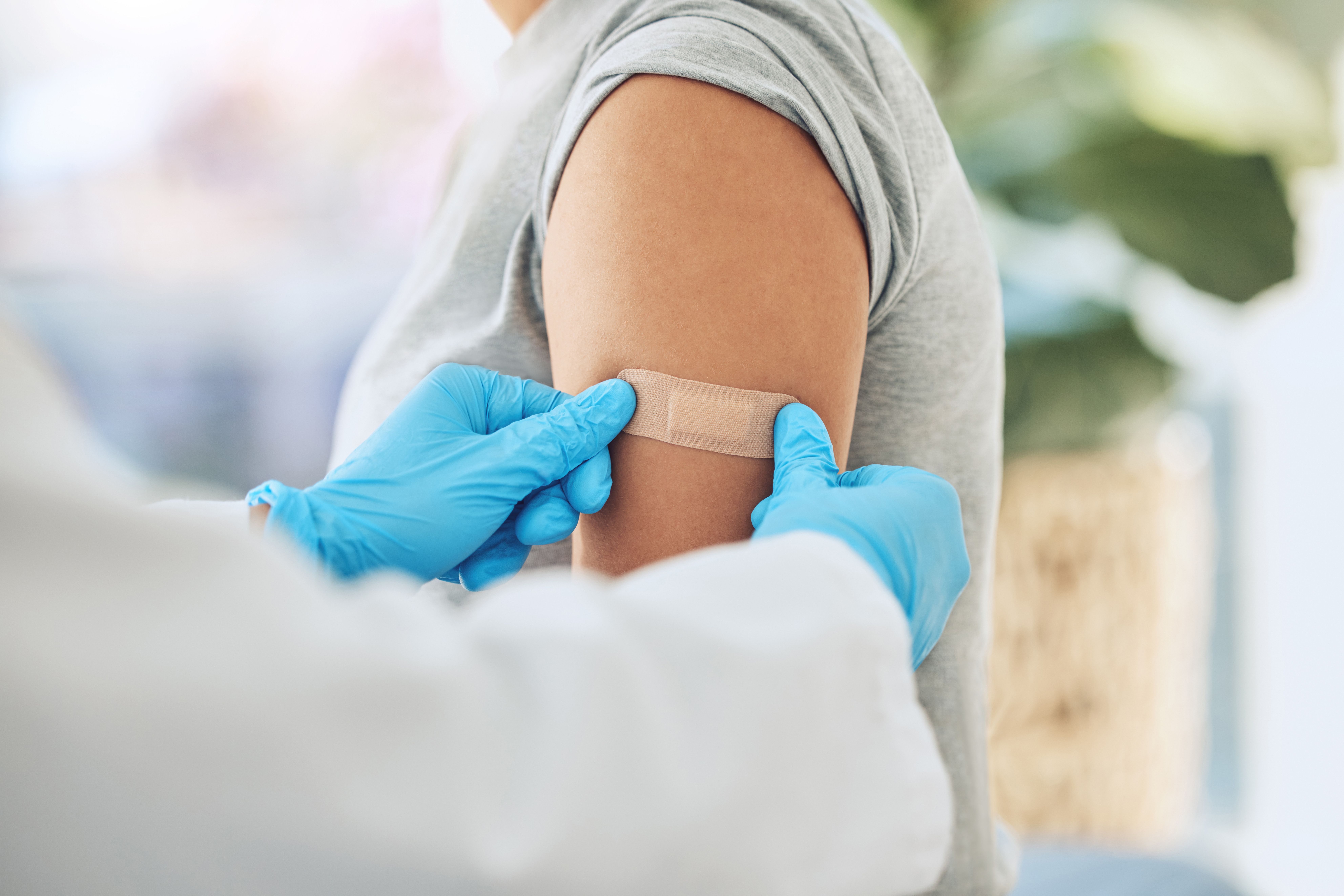Article
New Guidelines Address Prescription of Opioid Painkillers
Author(s):
Concerns raised over rise in opioid painkiller overdoses.
Veterans who overdosed from prescription painkillers were found on average to have a significantly higher dosage than patients who did not, meaning prescription levels may need to be lower than originally thought, a recent study indicates.
Researchers from the University of Michigan Medical School and VA Ann Arbor Healthcare System studied the records of 221 veterans who died of an accidental opioid painkiller overdose, and compared them with veterans who took opioids for chronic pain without overdosing.
The results of the study, published in the Medical Care journal, found that the average dose for veterans who overdosed was 71% compared with patients who hadn’t.
"As the United States grapples with the rising toll of accidental overdoses due to opioids, our findings suggest that changing clinical practices to avoid escalating doses for patients with chronic pain could make a major difference in the number of patients who die," said study author Amy Bohnert, MHS, PhD.
The current guidelines in place for opioid painkillers recommends that the daily dose not exceed 100 morphine-equivalent milligrams (MEM).
Although researchers were not able to find a specific dose that showed a difference between patients who are at risk of an overdose and those who are not, they did find that the average daily dose in the overdose group was 98 MEM and the non-overdose group was 48 MEM.
Some patients in the overdose group did have prescriptions that were well under 50 MEM daily, while others were over 300 MEM. When the high dose prescription patients were removed, there was not much of a difference between the 2 groups.
A model was subsequently created for both groups with all the doses they received. Researchers found that by lowering the top prescription strengths below 100 MEM, it could be beneficial for patients who are at risk of an overdose. However, it would have little effect on patients who are not at risk.
"Avoiding prescribing large doses also has the benefit of reducing the amount of the medications going to patients' homes that has the potential to be taken by others who live with the patient, like children and teenagers," Dr. Bohnert said. "This is important because an opioid that is a larger dose per pill, compared to a smaller one, is going to be deadly to a child or adult who hasn't been taking the medication regularly."
There are many dangers when it comes to taking painkillers, such as drinking alcohol while on medication, forgetting when the last dose was taken, or taking more than prescribed to alleviate a sudden pain flair up.
Although some painkillers are used to assist suicide, the amount of overdoses from accidental prescription opioids outnumber suicide overdoses and continues to grow.
Unfortunately, the US Centers for Disease Control and Prevention states that opioid painkiller prescriptions have quadrupled since 2000 and tripled for all opioid overdoses.
New data released in January showed that the amount of deaths from natural and semisynthetic prescriptions increased by 9% from 2013 to 2014. The data showed that all opioids, including heroin, took the lives of 28,647 people — about 61% of all drug overdose deaths.
The new draft guidelines for opioid painkillers have several suggestions, such as looking into alternative painkillers first before prescribing, prescribing the lowest effective dose, setting up additional precautions for patients prescribed more than 50 MEM daily, and avoiding prescriptions for patients with chronic pain over 90 MEM a day.
Newsletter
Stay informed on drug updates, treatment guidelines, and pharmacy practice trends—subscribe to Pharmacy Times for weekly clinical insights.






